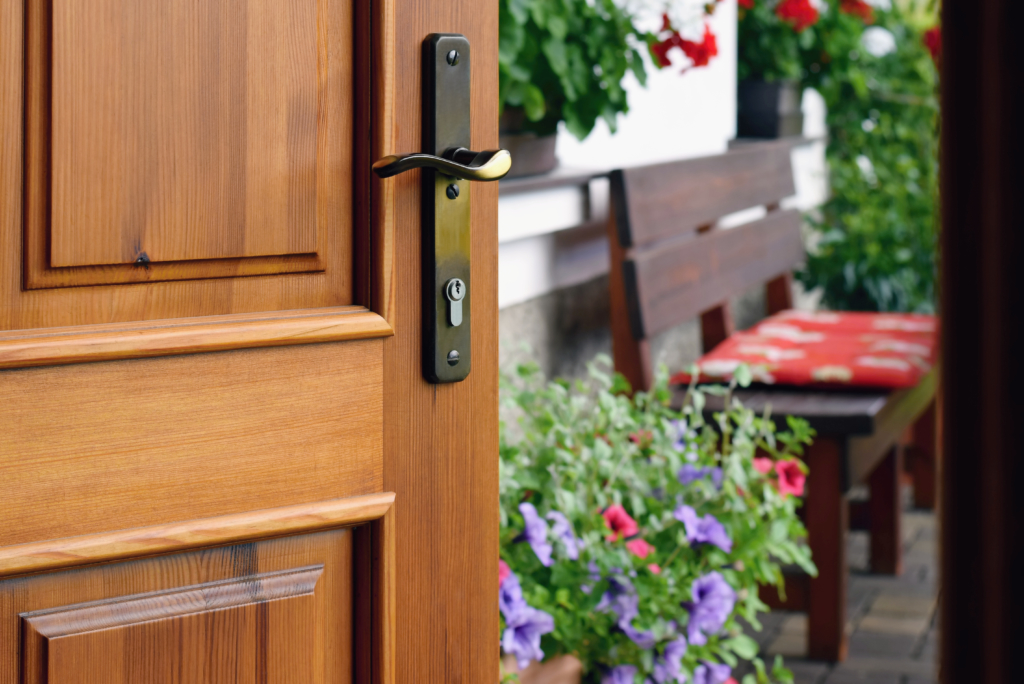Spray adhesives: the dos and don’ts

‘Spray adhesive’ is a blanket term for the processes of applying adhesive to surfaces from pressurised containers. Many craftspeople have found such techniques useful, because they minimise wastage, reduce drying times and make it quick and easy to create a consistent coating.
Most professionals will find it easy to switch to spray adhesives, especially if they have experience with spray finishing. As with any new process, observing some simple dos and don’ts will ensure the best results.
Do pay attention to ventilation and protective clothing
The single most important requirement for working with spray adhesive is to ensure good ventilation. If an air extraction system isn’t available, at least try to set up in an area with good airflow. And wear an appropriate mask! Glue mist is nasty stuff to inhale, but can easily be filtered with a simple facemask. Gloves are a good idea, too, but choose latex or nitrile rather than PVC, nylon or cotton.
Do prepare your working area
Allow twice as much space as you think you’re going to need. Cover tables or benches with protective cloths or papers, and stick a ‘SPRAYING IN PROGRESS’ sign on the door to avoid dust contamination.
Do read the specs
Spray glues are temperature-sensitive, with most commercially-available types requiring working temperatures in the 18-35°C range. As a result, winter spraying may be a problem unless you operate some kind of overnight heating system in your working area.
Do prepare the surfaces you’re spraying
Like other glues, spray adhesive works best on a clean surface. The surfaces you’re going to join should be spotlessly clean, dry and entirely free of oil, wax, paint or any other type of residue.
Do clean up carefully
If you’re using an aerosol can, invert it and give it a quick blast to clear the valve and tip, and wipe off any residues with turpentine. If you’re working with a spray gun, follow the manufacturer’s instructions to the letter, every time you use it. And bear in mind that spray adhesives are temperature-sensitive – make sure your storage arrangements won’t cause them to spoil.
Don’t play fast and loose
The secret to good adhesion is achieving an even coating of adhesive – and that requires good spray technique. Hold the can or spray head as upright as possible, and ensure you don’t get it too close to the surface. 20-25cm is usually about right. To avoid lumps or drips, avoid overspraying.
Don’t rush the join
When you’ve coated the surfaces to be joined, pause for a couple of minutes. You’ll get better results if you allow the solvent to evaporate before assembly. When you’ve judged that it’s time to go ahead, orientate the parts and press them together gently but firmly. The bond should be secure in just a few minutes, and it’s a good idea to maintain pressure throughout. To ensure your bond develops full strength, leave the assembly undisturbed overnight.
Redwood offers spray adhesives in canister, aerosol and pressure pot forms. Our range includes solutions for gluing wood, metal and glass surfaces.
Alternatively, to discuss your adhesives requirements, give us a call on 023 9223 3310 or email us at sales@redwoodinnovations.co.uk.
